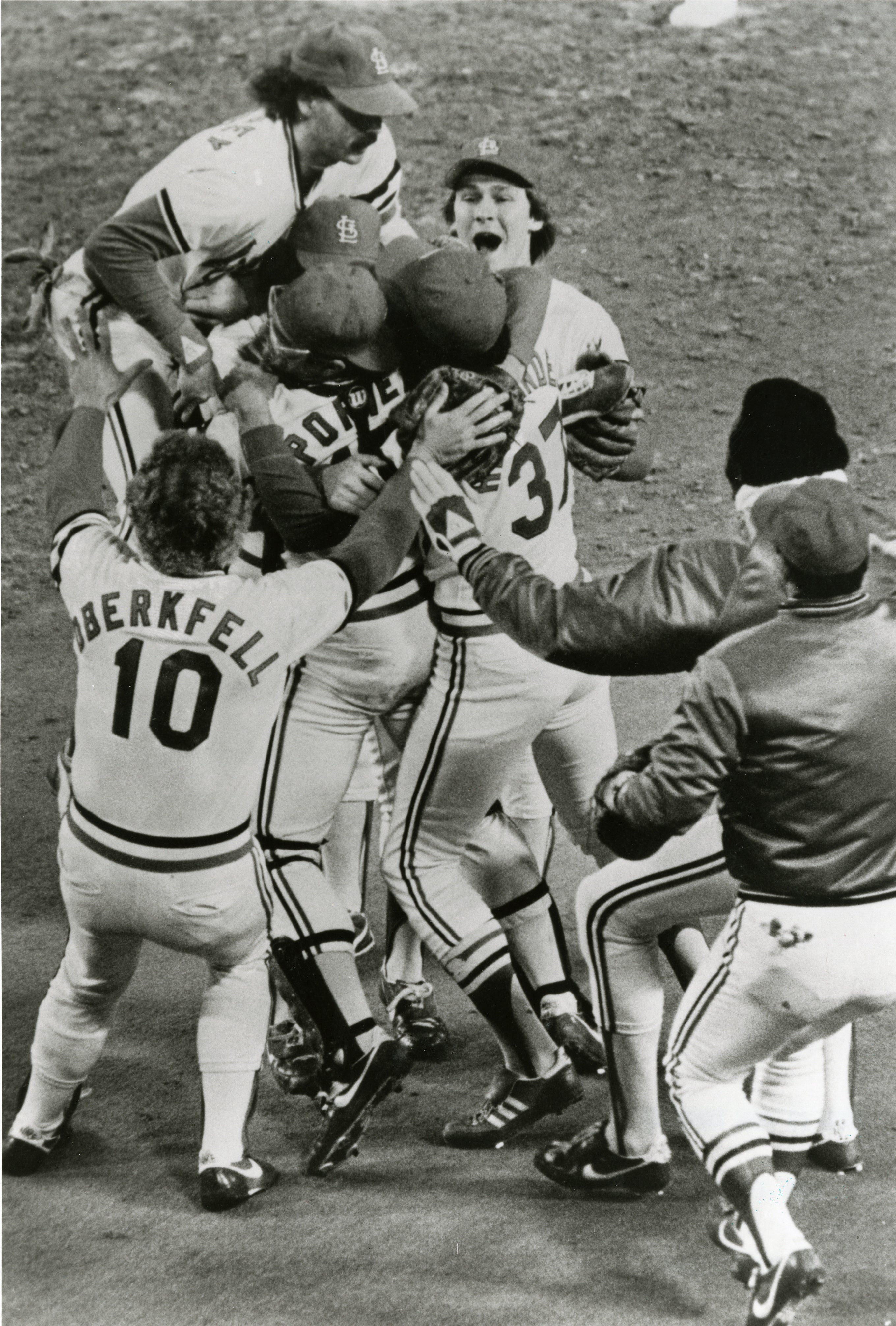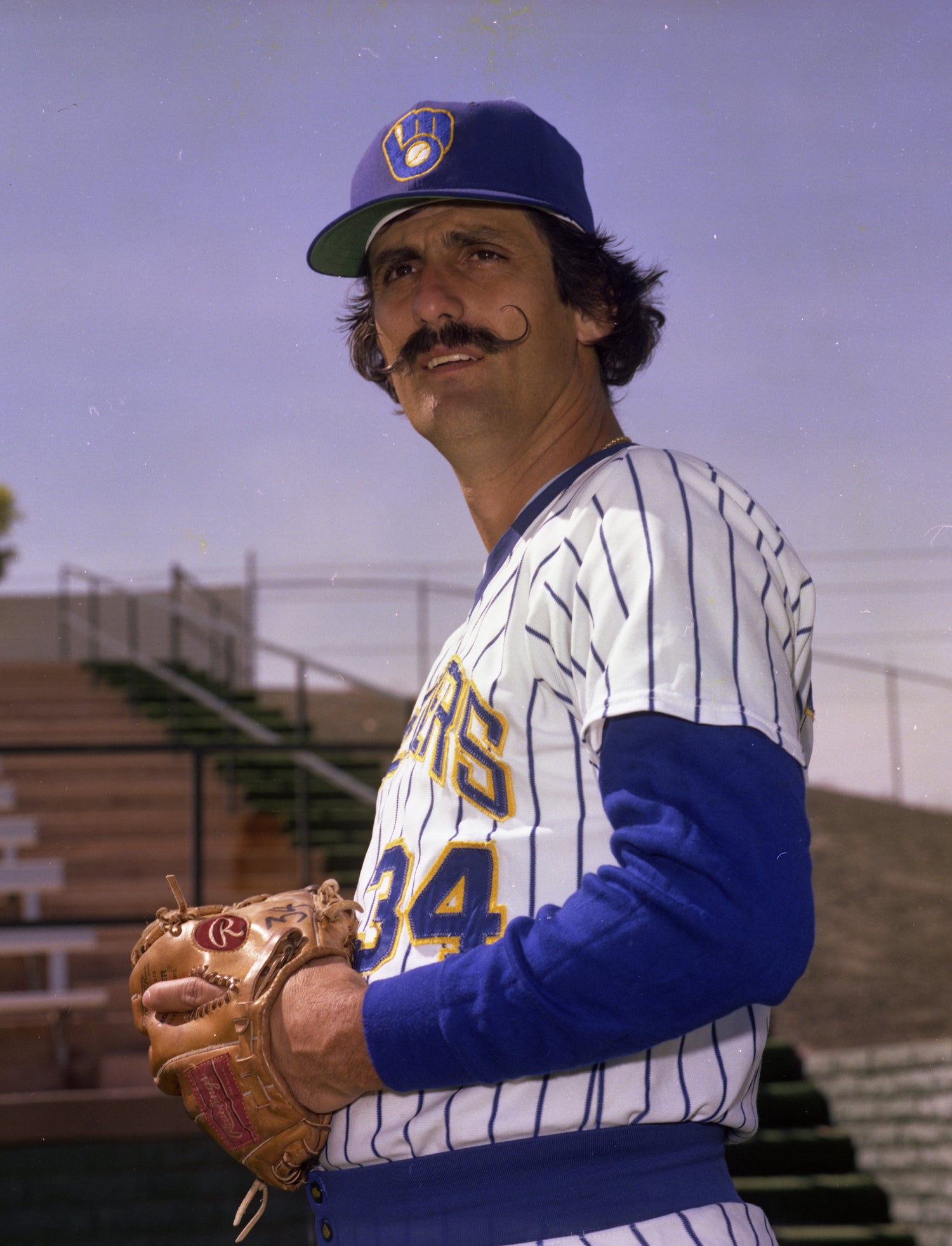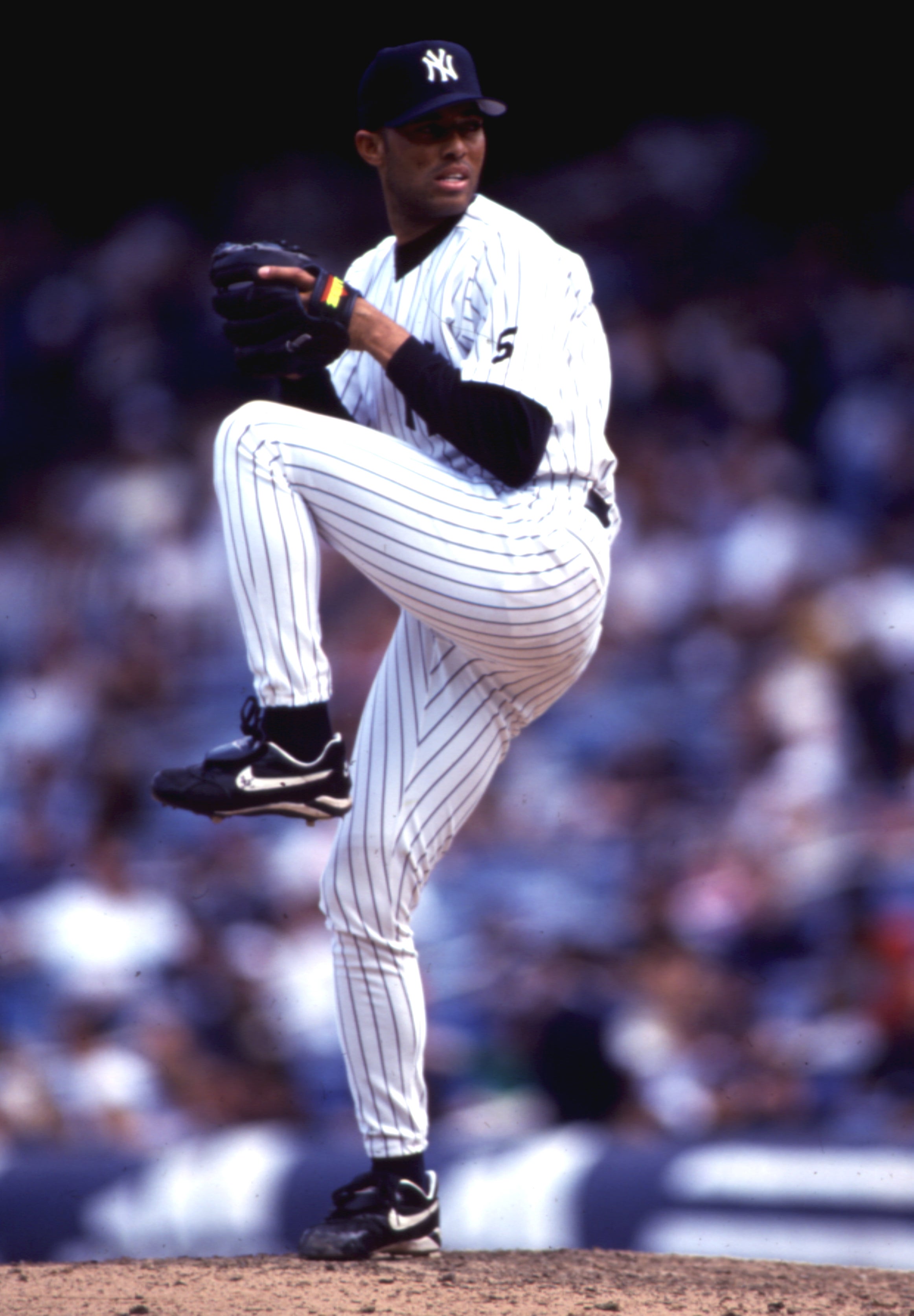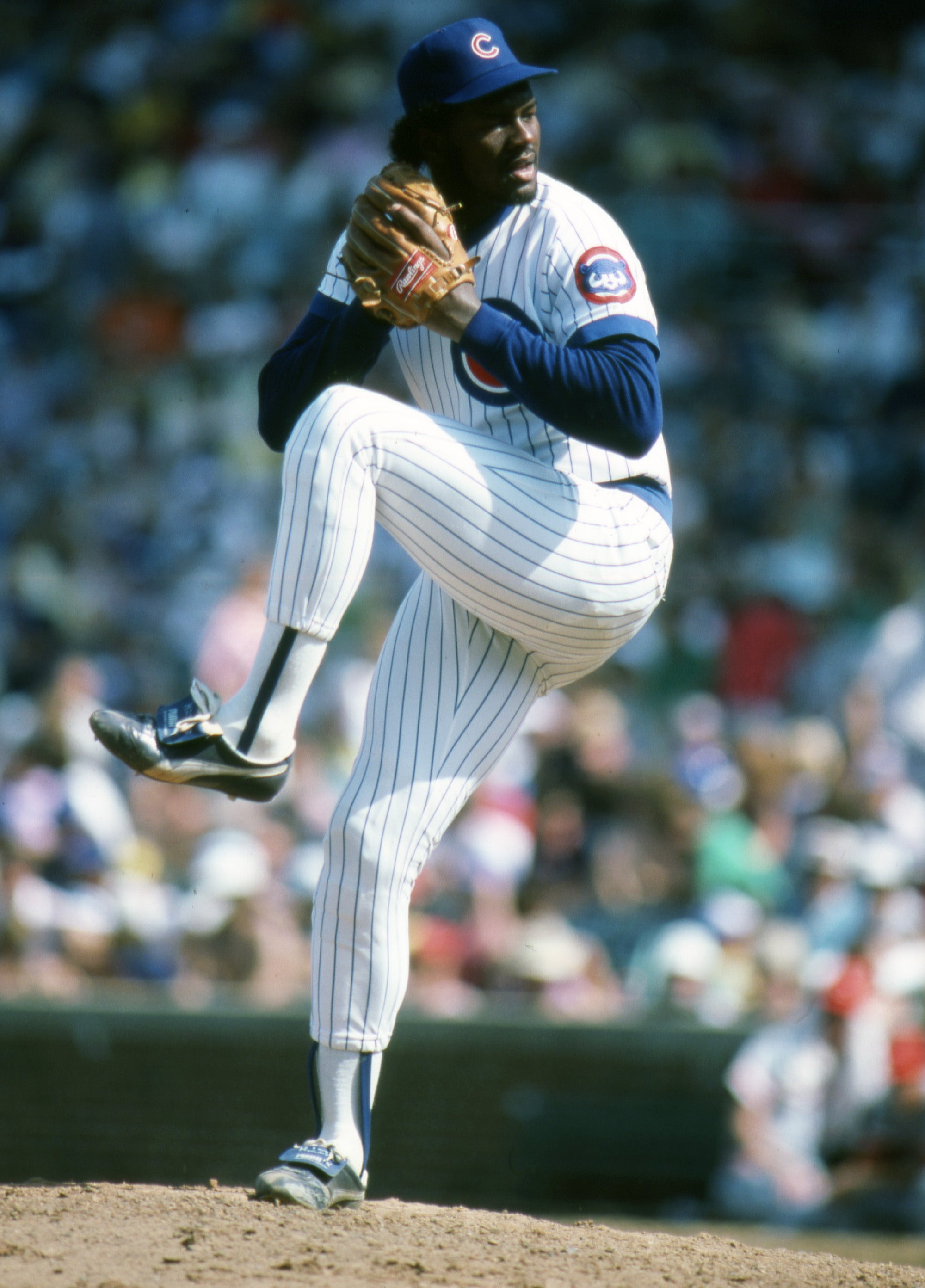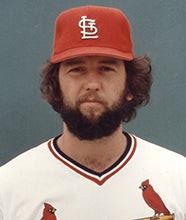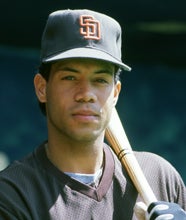- Home
- Our Stories
- Sutter’s final save made history
Sutter’s final save made history
Bruce Sutter amassed 260 saves during his first nine big league seasons, becoming one of the most dominant pitchers in the game.
But it was his last 40 saves – the ones that made him just the third pitcher to reach the 300-save mark – that may have been the most impressive.
On Sept. 9, 1988, Sutter retired the Padres’ Tim Flannery, Dickie Thon and future Hall of Fame teammate Roberto Alomar in order in the bottom of the 11th inning to preserve the Atlanta Braves’ 5-4 win at San Diego’s Jack Murphy Stadium. Alomar struck out swinging to end the game, a fitting moment as Sutter – who was nearly unhittable at his peak – posted his 300th career save.
Hall of Fame Membership
There is no simpler, and more essential, way to demonstrate your support than to sign on as a Museum Member.
Official Hall of Fame Apparel
Proceeds from online store purchases help support our mission to preserve baseball history. Thank you!
“It feels good,” Sutter told the Atlanta Constitution after the game. “When you’ve had three operations in two years, you don’t think you’re going to get your shot at it.
“I hope there’s a lot more to come.”
But Sutter’s injured right shoulder would not permit it. Sutter’s 300th save came in the last big league game of his big league career – and exactly 17 years after he signed his first pro contract.
Sutter debuted with the Cubs in 1976 following an unlikely minor league odyssey. He was selected in the 21st round of the 1970 MLB Draft by the Washington Senators, but was only 17 when he graduated from high school and therefore was unable to sign. The Senators ultimately decided not to offer him a contract.
Sutter pitched for the next two seasons for teams around his Lancaster, Pa., home before a Cubs scout spotted him and signed him to a free agent contract on Sept. 9, 1971. After pitching in just two games for Chicago’s Gulf Coast League affiliate in 1972, Sutter hurt his arm. He had surgery – at his own expense – after the season, and reported to Spring Training in 1973 with a diminished fastball.
But that spring, Cubs coach Fred Martin taught Sutter a pitch that would become known throughout the baseball world as the split-fingered fastball. By 1974, Sutter had advanced to Double-A on the strength of a pitch that looked like an ordinary fastball but dove down in the strike zone just as it reached home plate.
Sutter made his big league debut in 1976 and went 6-3 with 10 saves and a 2.70 ERA in 52 games out of the Cubs’ bullpen. The next season, Sutter established himself as one of the game’s top closers, going 7-3 with 31 saves and a 1.34 ERA in 107.1 innings, striking out 129 batters.
Two years later, Sutter was named the National League Cy Young Award winner after saving a big league-best 37 games. From 1978-81, he either won or saved the All-Star Game for the NL in every season.
Sutter was traded to the Cardinals following the 1980 campaign and helped St. Louis win the 1982 World Series. Then after leading the majors with 45 saves to go along with a 1.54 ERA in 1984, Sutter left for Atlanta – signing a six-year deal with the Braves.
Very quickly, Sutter’s right shoulder began to hurt. He was eventually diagnosed with an atrophied muscle in his rotator cuff and later with a partially torn rotator cuff. After saving 23 games in 1985 and three in only 16 appearances in 1986, Sutter sat out the entire 1987 campaign while trying to strengthen other muscles around the atrophied muscle.
He returned in 1988 and pitched well in the first half of the season, lowering his ERA to 1.98 after his eighth straight scoreless outing on June 10. But from there, the pain returned. He also injured his right knee, which required surgery two weeks after his final appearance.
Sutter conceded in Spring Training in 1989 that he would likely never pitch again, though he continued to work to get back on the mound. The Braves eventually released Sutter on Nov. 15, 1989, officially ending his career.
“I knew this year would be the year I came back as a regular pitcher or I was going to blow my arm out,” Sutter told the Atlanta Constitution during the waning days of Spring Training in 1989. “And, of course, the latter happened.”
Sutter finished his career with a record of 68-71 in 661 games, including a 2.83 ERA. He led the league in saves six times, was named to six All-Star Games and finished in the Top 5 of the NL Cy Young voting four times, including his first-place finish in 1979.
Sutter was elected to the Hall of Fame in 2006.
“It’s eventually going to be over,” Sutter told the Fort Worth Star-Telegram in 1988 at the high point of that season. “Nobody is going to play forever.
“I love the whole thing. I love playing the game, talking about it, coming in the clubhouse and playing cards with the guys. It’s a great life.”
Craig Muder is the director of communications for the National Baseball Hall of Fame and Museum


